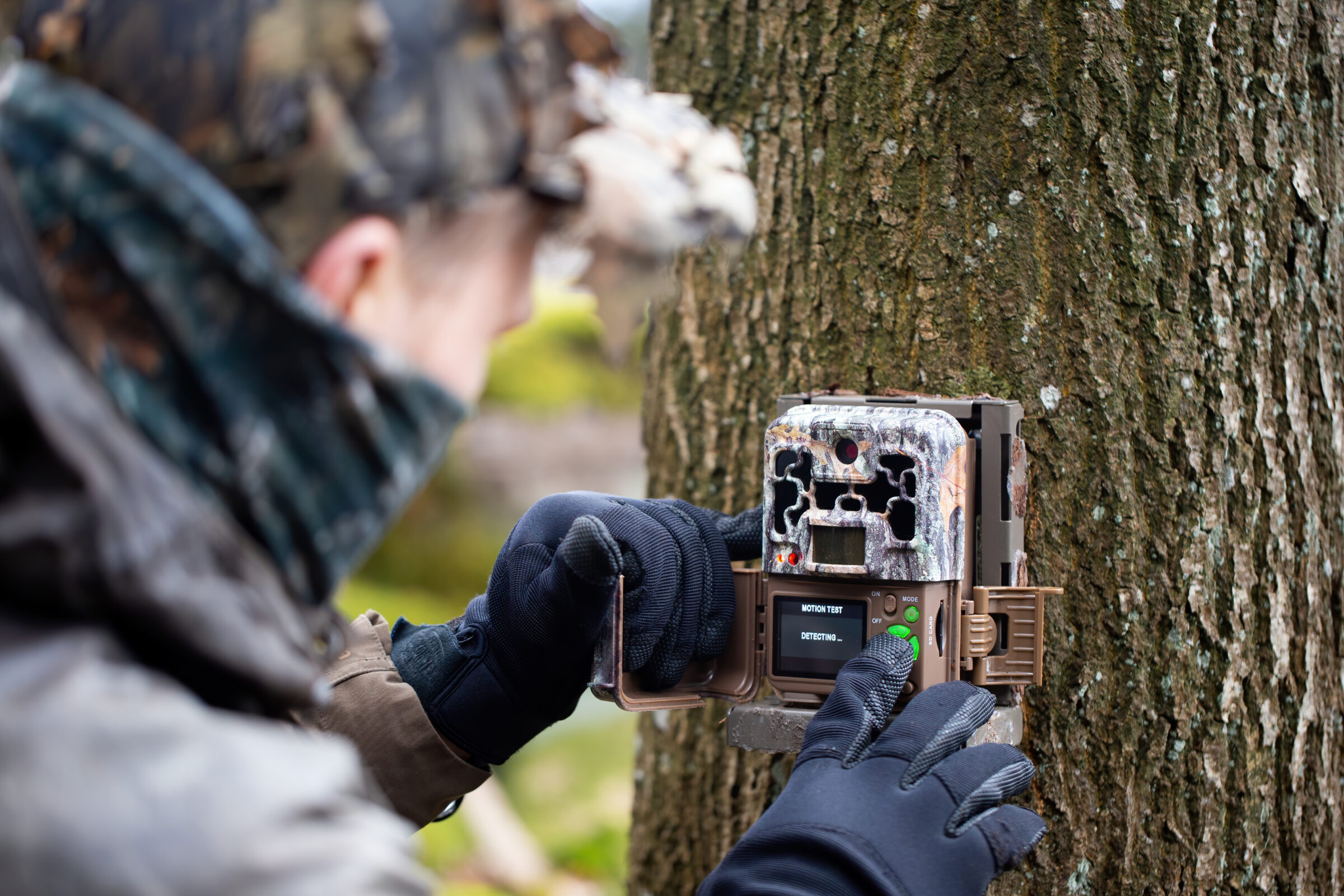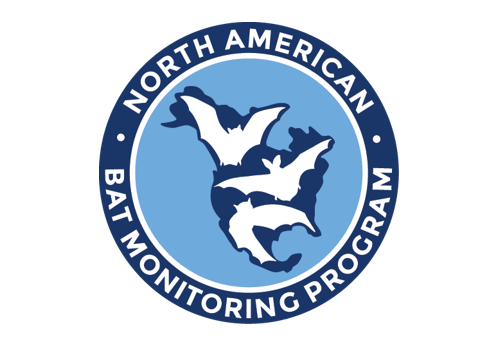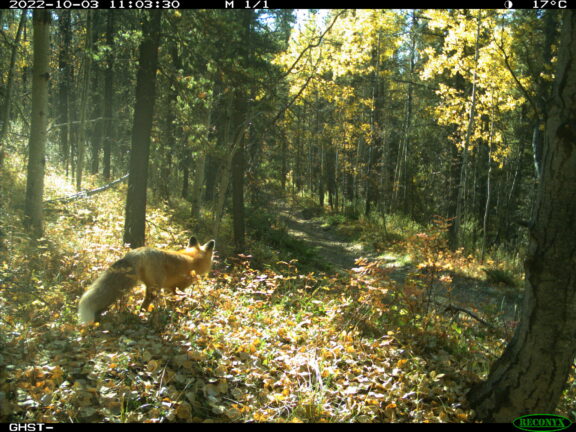In 2020, the Alberta Remote Camera Steering Committee (RCSC) merged with the B.C. Wildlife Camera Committee to form WildCAM (Wildlife Cameras for Adaptive Management), a remote camera network for Western Canada. This collaboration was born from a need for tools, standards, and opportunities for knowledge sharing among remote camera users.
For the past year, the RCSC has worked with the Alberta Biodiversity Monitoring Institute (ABMI), Alberta Environment and Protected Areas (EPA), WildCAM, and Saul Greenberg (creator of Timelapse2) to develop standards and training materials for remote camera use. Two companion documents have been published: the Remote Camera Metadata: Standards for Alberta (Version 2.0) and Remote Camera Survey Guidelines: Guidelines for Western Canada. These documents provide guidance on the types of data that should be collected when using remote cameras to detect wildlife, and offer recommendations on survey design, deployment methods, and data management.
While developing the standards, the RCSC recognized that the resources would need to be accessible to and representative of the needs of diverse remote camera users throughout Western Canada to be impactful. The RCSC had solicited feedback on the standards from the Alberta Remote Camera Community of Practice, which is primarily composed of academics and government scientists. Yet there are many other groups of remote camera users in Western Canada with differing objectives, levels of expertise, access to information (e.g., publications), and constraints in the delivery of remote camera programs.
Thus, the RCSC identified the need for novel approaches to engage and disseminate information to remote camera users to ensure that the work of the RCSC is representative and accessible. The RCSC is working on creating a freely available, online, accessible “Remote Camera Decision Support Tool” to guide remote camera users through the decision-making process and implementation of analyses. This tool will guide users through choices encountered when designing a remote camera study, suggest design choices, and inform them of the impacts of other potential choices (e.g., how lack of consideration of body size in multi-species analyses could bias estimates). At each branch, informative and visual aids will appear as pop-outs to help explain key concepts. While the tool will be designed with accessibility for new remote camera users and a general audience in mind, there is a little something for everyone; users will also be able to toggle on detailed explanations that provide greater detail. Please contact Cassie Stevenson (abwildlifecameras@gmail.com) if you’re interested in being involved, would like to join the Alberta Remote Camera Community of Practice, or have questions! The RCSC is always looking for collaborators to help advance and align remote camera research and monitoring in Western Canada.


